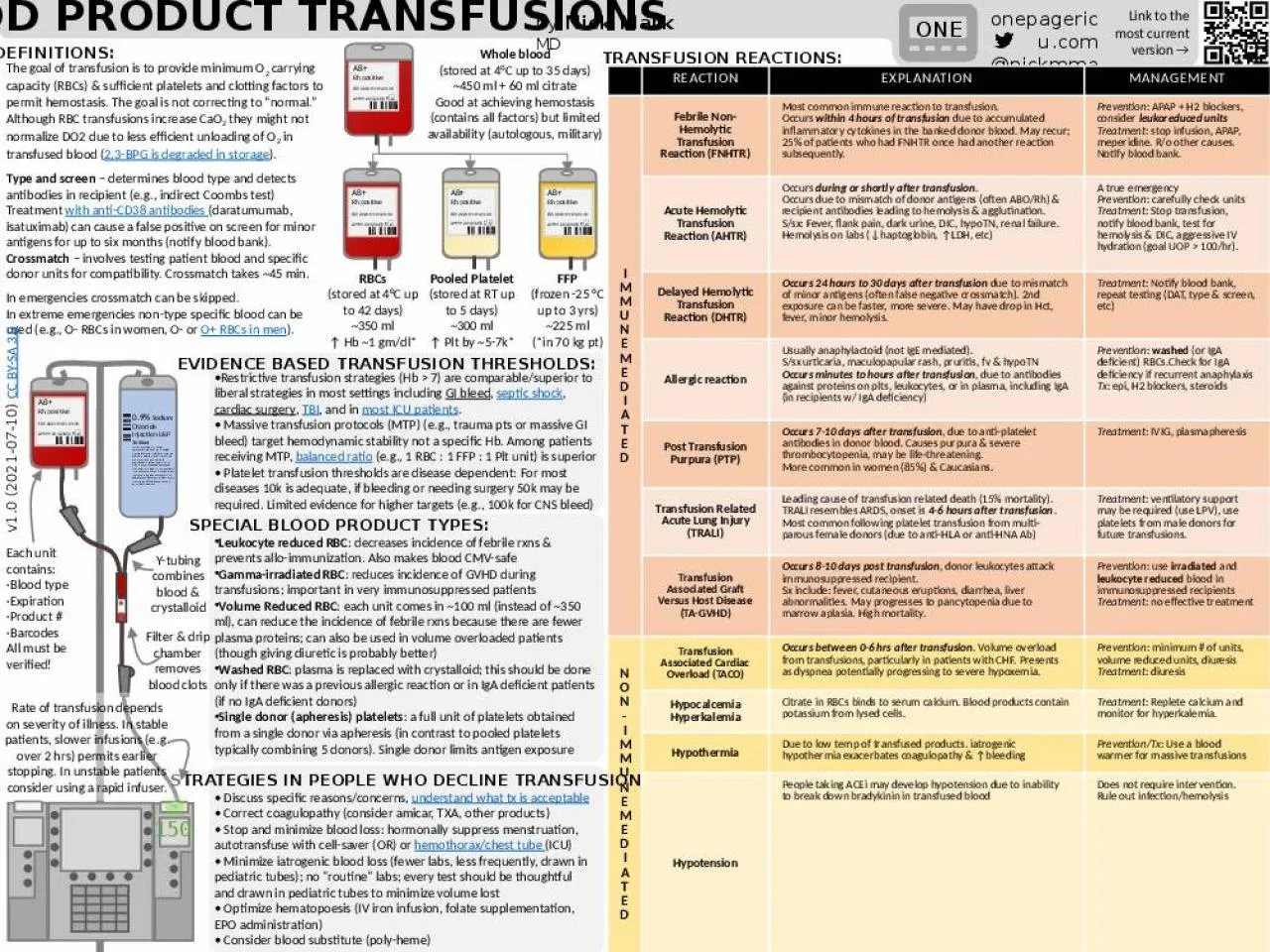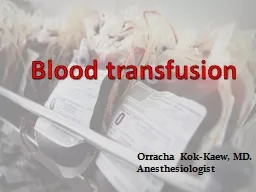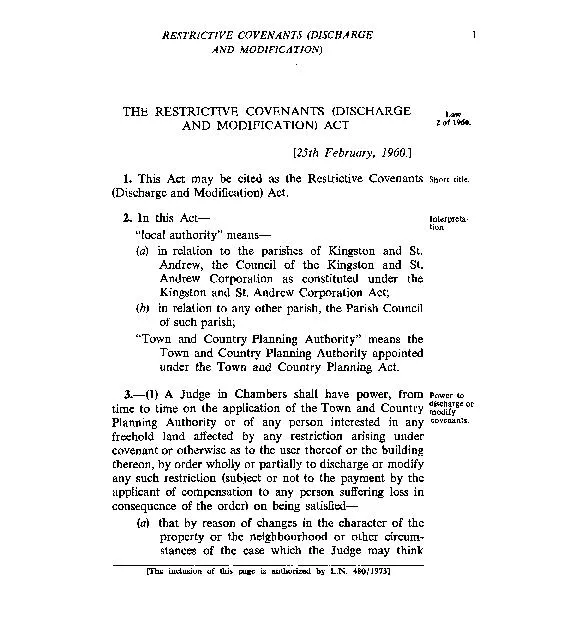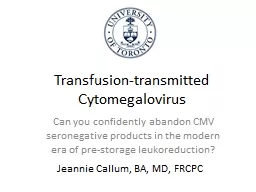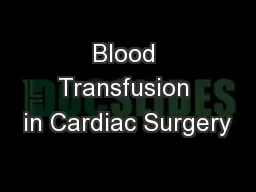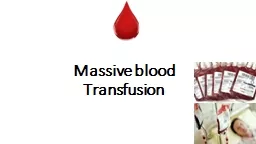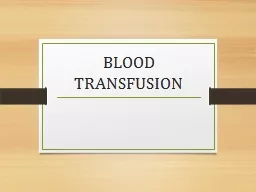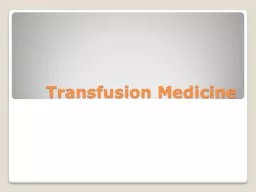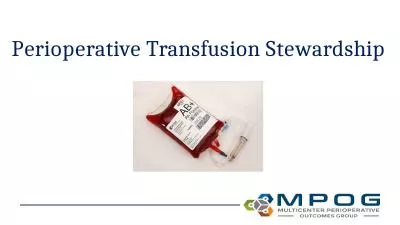PPT-•Restrictive transfusion strategies (Hb > 7) are comparable/superior to liberal strategies
Author : oneill | Published Date : 2022-02-14
GI bleed septic shock cardiac surgery TBI and in most ICU patients Massive transfusion protocols MTP eg trauma pts or massive GI bleed target hemodynamic
Presentation Embed Code
Download Presentation
Download Presentation The PPT/PDF document "•Restrictive transfusion strategies (H..." is the property of its rightful owner. Permission is granted to download and print the materials on this website for personal, non-commercial use only, and to display it on your personal computer provided you do not modify the materials and that you retain all copyright notices contained in the materials. By downloading content from our website, you accept the terms of this agreement.
•Restrictive transfusion strategies (Hb > 7) are comparable/superior to liberal strategies: Transcript
Download Rules Of Document
"•Restrictive transfusion strategies (Hb > 7) are comparable/superior to liberal strategies"The content belongs to its owner. You may download and print it for personal use, without modification, and keep all copyright notices. By downloading, you agree to these terms.
Related Documents

